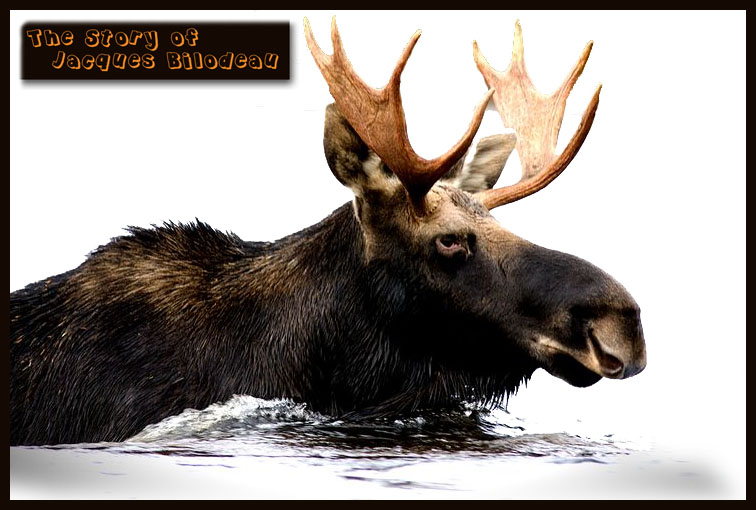MARRIAGE AND FAMILY
Jacques Billaudeau had been married for almost two years when he received his concession from Charles de Lauson Chamy. The marriage was registered at Quebec on 28 October 1654, but the ceremony took place in the house of the Sieur de la Ferte. lt was there we learn that Jacques was the son of Pierre Billaudeau and of Jeanne Fleurie, and that the bride, Genevieve Longschamps (sometimes spelled Deslongschamps), was the daughter of Pierre and of Marie Desanter. The document does not indicate the couple's place of origin, but the list of those confirmed on 2 February 1660 at Chateau-Richer, says that Jacques, before coming to Canada, had lived in the region of Poitiers, but gave no further details.
It seems that all the Billaudeau-Longschamps children were born, on the Ile d'Orleans, between 1656 and 1664. The baptismal record for Simon in 1662, has been found at Chateau-Richer; as for the others, it is necessary to rely on the approximate age mentioned in the various censuses. On this subject, let us note the local census of the Fleuricrriere-fief of Charny-Lirec which Charles de Lauson produced on 26 April 1661.
This list counts forty property owners settled:
"from the boundary of Louis D'ailleboust Sr de Coulonges going step by step towards Quebec. Until the lands of Damlle Eleonore de Grandmaison and her children except for what was given to the RR MM Hospitalieres and Ursulines & to Sr Rene Maheu and the depth from the north bank Including the sandbanks and the Islets as far as the road or line which must cut the said Isle from Point to point". (sic)
Jacques Billaudeau's land was than situated between that of the associates Antoine Pepin dit Lachance and Jacques Asselin, and that of Claude Charlan dit Francoeur.
The Billaudeau family was listed in the census twice in 1666 on the Ile d’Orleans. First, they were noted as being between the lands of Nicolas Godeboust and Gabriel Gausselin, then between these of Tean Charpentier and Jacques Meneux. We note other slight variations (errors) in the ages and names between the two recordings. At that time two servants helped our pioneer who undoubtedly had great need of them: Jean Le Vasseur and Claude Febvre.
The census of 1667, which replaced that of 1666, was more explicit and undoubtedly more accurate. Therein it says that Jacques was 35 years old and Genevieve 28; their children were Louise, 11; Jacques, 10; Jean, 9; Antoine, 8; Simon, 5; and Gabriel, 3. The stable sheltered six animals, and 25 arpents were under cultivation. This time their immediate neighbors were Abel Turquot and Antoine Pepin dit Lachance.
The Billaudeau family was listed again in the census of 1681 in the county of Saint-Laurent (the new name given to the Ile d'Orleans). Jacques was now 50 years old and his wife 42. Still living in the paternal home were: Jean, 29; Antoine, 22; Simon, 18; and Gabriel, 17. Again two servants: Mathurin Labreque, 17, and a child of 9 named Robert. The family owned a gun, 30 head of cattle and now worked 40 arpents of land.
Between 1666 and 1708, the name of Jacques Billaudeau was mentioned several times in the records of a few notaries of his time: Romain Becquet, Gilles Rageot, Paul Vachon and Louis Chambalon were those who recorded for him. The nine or ten years when the children were being born and raised were completely silent in the notaries' records.
On 23 July 1666, Jacques Billaudeau was at Quebec. He had been summoned to the bishop's residence to conclude an agreement on passage rights of the animals and the maintenance of his part of the lane leading to the mill on the island. It was Messire Jean Dudouyt who welcomed him in the name of; Msgr de Laval, who was the Seigneur of Beaupre and the Ile d'Orleans. Besides the Abbot Dudouyt, Salomon Allais and Pierre Fauve signed the act as witnesses, with the notary Becquet. As usual, Billaudeau stated that he could not write nor sign his name.


